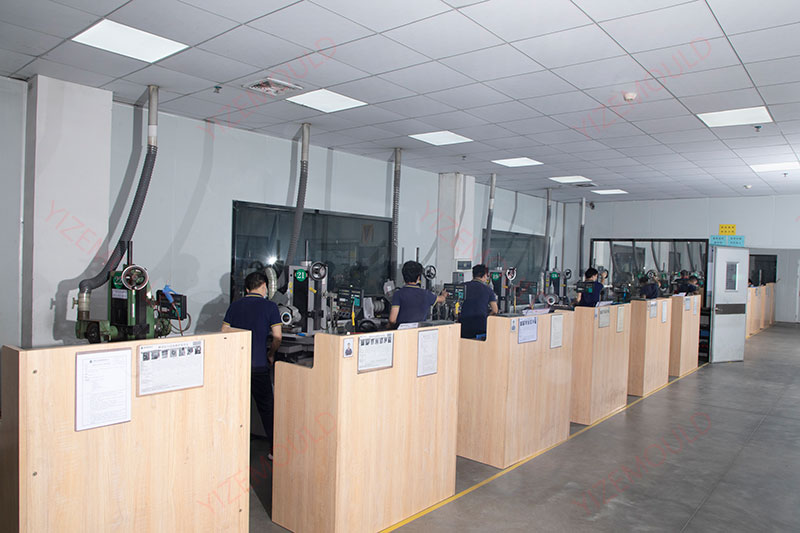Can you machine tungsten carbide with grinder?
In the high-precision industrial manufacturing sector, tungsten carbide has become a key material due to its exceptional hardness and wear resistance. However, machining this material is quite challenging. This article […]
In the high-precision industrial manufacturing sector, tungsten carbide has become a key material due to its exceptional hardness and wear resistance. However, machining this material is quite challenging. This article explores whether tungsten carbide can be machined using a grinder and how to effectively perform this machining.
Grinding Machine Equipment and the Hardness of Tungsten Carbide.
The first consideration is the choice of the grinding machine. When dealing with high-hardness tungsten carbide, similar to Japanese hard alloys, selecting the appropriate grinding machine is crucial. For instance, the Dawn Precision Grinder, known for its high precision and stability, can handle the hardness of tungsten carbide.
Our factory business: carbide parts, mold parts, medical injection molds, precision injection molds, teflon PFA injection molding, PFA tube fittings. email: [email protected],whatsapp:+8613302615729.

Selection of Diamond Grinding Wheel.
The diamond grinding wheel is an ideal choice for machining tungsten carbide. Composed of abrasive grains, a binder, and pores, it can effectively perform cutting actions. Especially when machining ultra-hard materials like tungsten carbide exceeding 92HRA, using a diamond grinding wheel with a concentration of 120%, and resin and bronze as binders, can significantly improve the efficiency and quality of the tungsten carbide grinding.
The Role of Grinding Fluid.
Next, the choice of grinding fluid is equally important. A suitable cutting fluid can improve the friction in grinding, reduce heat, and enhance the quality of the machined surface. The right grinding fluid can significantly increase work efficiency, reduce the roughness of the workpiece surface, and extend the life of the grinding wheel.
Grinding Techniques.
Grinding is a fundamental method in the mechanical machining of tungsten carbide. This includes various forms like surface grinding, internal and external cylindrical grinding, combined internal and external grinding, and contour grinding. In this process, using a high-hardness grinding wheel or tool is key. Additionally, using hydraulic or pneumatic systems for cooling is crucial. For grinding complex tungsten carbide parts, technicians need to have extensive experience and meticulous processing skills because the material is expensive, and any mishandling, especially after other processing stages, can lead to significant losses.
In summary, machining tungsten carbide with a grinder is not only feasible but can be done efficiently and precisely by choosing the right equipment and materials. Do you have unique insights or experiences to share about the machining process of tungsten carbide? Feel free to leave a comment and exchange ideas!






